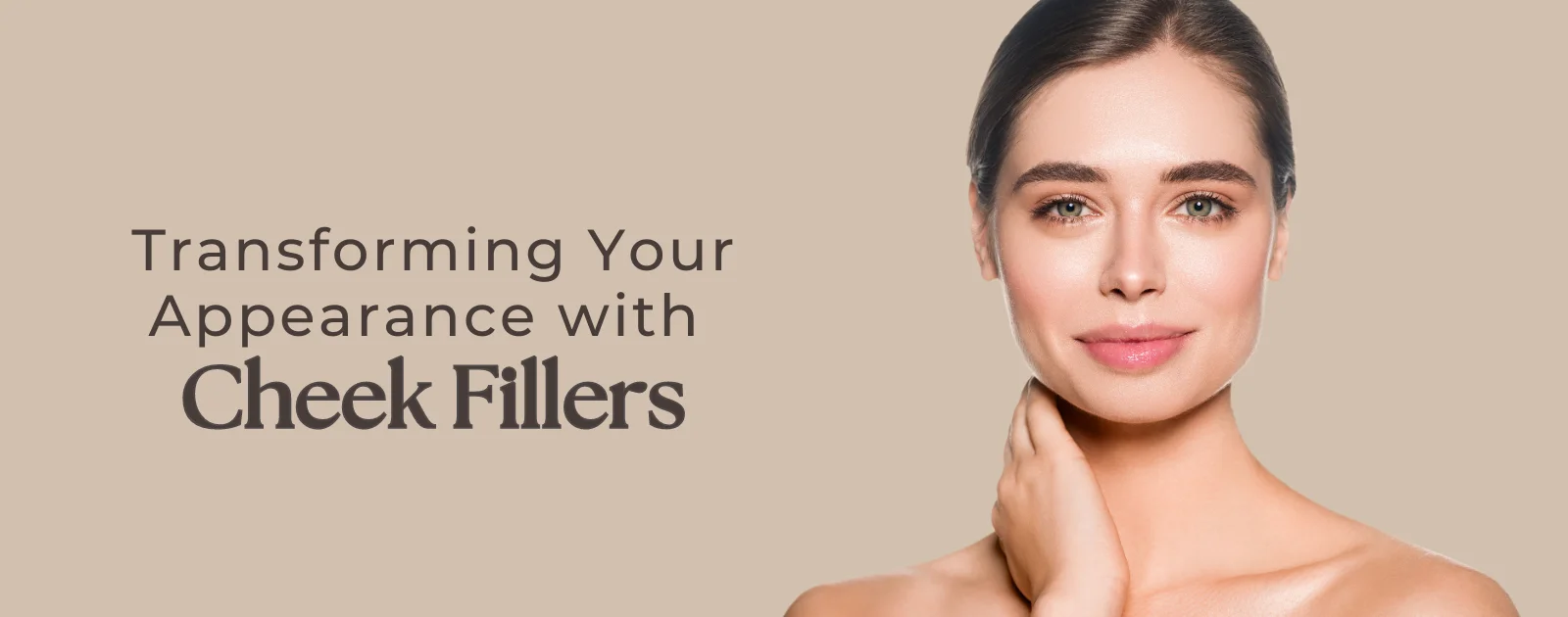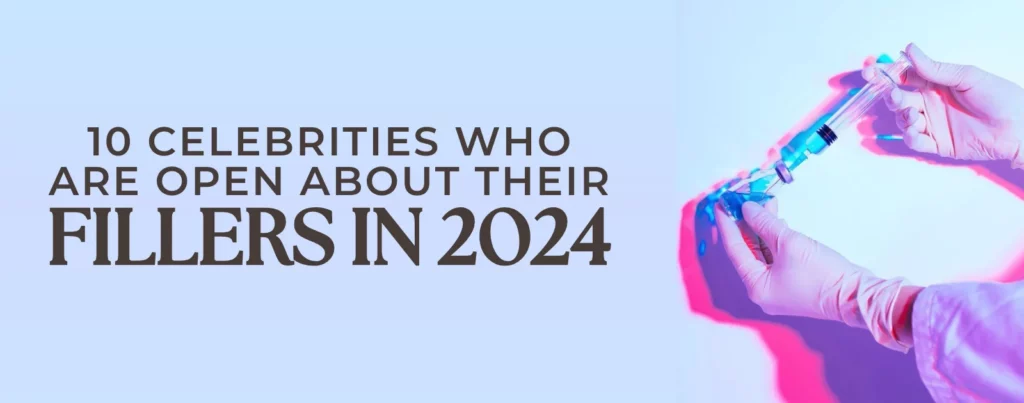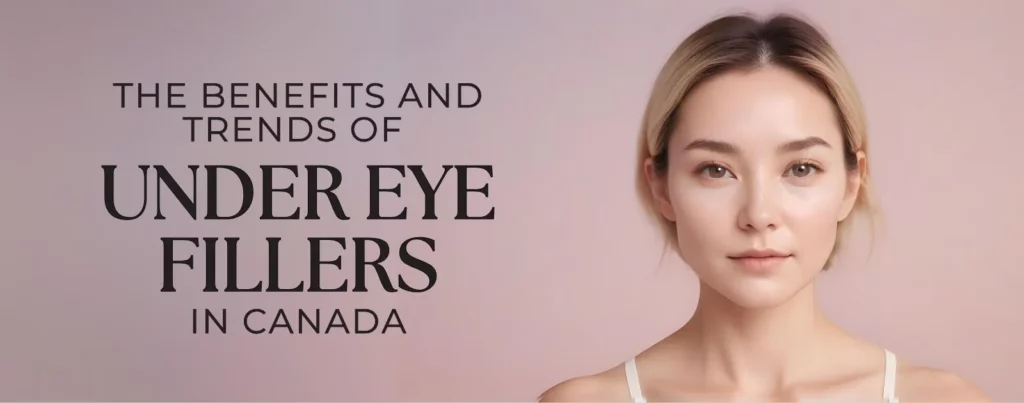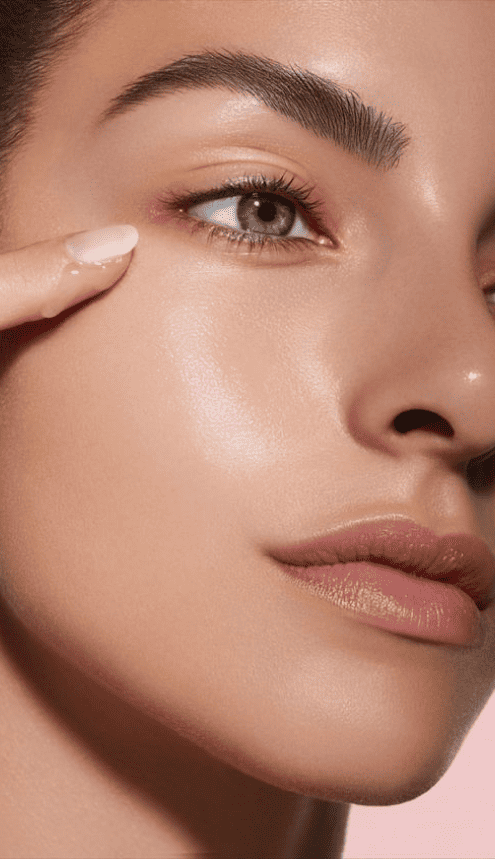What Are Cheek Fillers?
So, cheek fillers are the dermal filler injections that people get to make their cheeks look fuller. They go by different names like dermal fillers or soft tissue fillers. Basically, they’re a type of cosmetics that gets injected into your cheeks to give them a boost and make them look really good. These fillers are usually made mostly of hyaluronic acid. It’s a natural molecule in your body that keeps your skin hydrated and gives it that nice plump look.
So, let me break it down for you. Cheek fillers are pretty cool because they can totally transform your face. These fillers can do wonders, like enhancing your cheekbones and giving you that model-like appearance. So, if you’re looking to amp up your cheek game, cheek-fill.
As we get older, our cheeks can lose some of that natural fat padding, which can make them look a bit sunken or hollow. So, cheek fillers are basically injections that go under your skin to bring back some volume that you might have lost.
Why Do People Choose Cheek Fillers?
There are lots of reasons why people go for cheek fillers. It’s not just about looking good, but also about what feels right for them personally. You know, everyone’s got their own motivations so why do people get cheek filler treatments? Well, there are a few common reasons that might motivate someone to give it a go:
Getting cheek fillers is a popular choice for people who want to look younger and more refreshed. As we get older, the fat pads in our cheeks start to shrink, which can make our faces look all hollow and sunken. It’s just a natural thing that happens. Cheek fillers are great for bringing back that fullness and giving your face a nice, youthful shape.
Dealing with Volume Loss:
As we get older, we might notice that our cheeks start to lose some volume. They’re a non-surgical way to bring back that volume that we tend to lose as we get older. Basically, they give your cheeks a little lift and make you look all fresh and rejuvenated.
Getting Rid of Wrinkles and Fine Lines:
Cheek fillers aren’t just for adding volume, they can also help with those pesky wrinkles and fine lines around your cheeks and smile lines. If you fill in these lines, you’ll completely pull off a more even complexion and look way more youthful.
So, some people want to get cheek fillers to make their faces look more balanced and symmetrical. It’s all about enhancing those facial contours, you know? If you strategically use fillers, you can totally make your cheekbones pop and give your face a more balanced look. It’s all about that facial harmony.
No Need for Surgery:
Cheek fillers are a great option if you don’t want to go under the knife for cheek implants. They’re a non-surgical alternative that gets the job done! This is for people who want to look better without going under the knife. Surgery can take a while to recover from and has more risks involved.
What Types of Fillers Are Used for Cheek Enhancement?
The choice of filler depends on factors such as the individual’s anatomy, desired results, and the practitioner’s expertise. Here are the most common types of fillers used for cheek augmentation:
Hyaluronic Acid (HA) Fillers:
Characteristics: HA fillers are made from a substance that naturally occurs in the body, providing moisture and volume to the skin. They are known for their safety and versatility.
Duration: The effects typically last between 6 months to 2 years, depending on the specific brand and formulation.
Examples: Restylane, Juvederm, Belotero.
Calcium Hydroxylapatite (CaHA) Fillers:
Characteristics: CaHA fillers are made of microscopic calcium spheres suspended in a gel-like substance. They provide both immediate volume and stimulate collagen production over time.
Duration: Effects can last up to a year or more.
Examples: Radiesse.
Poly-L-Lactic Acid (PLLA) Fillers:
Characteristics: PLLA is a biocompatible and biodegradable synthetic substance that stimulates collagen production. It provides a gradual increase in volume over several months.
Duration: Results can last up to two years or more.
Examples: Sculptra.
Polymethyl Methacrylate (PMMA) Fillers:
Characteristics: PMMA is a semi-permanent filler composed of microspheres suspended in a collagen-based gel. It provides long-lasting results.
Duration: Effects are considered semi-permanent and can last several years.
Examples: Bellafill.
Autologous Fat Transfer:
Characteristics: This procedure involves extracting fat from one part of the body (usually through liposuction), processing it, and then injecting it into the cheeks. It provides natural and long-lasting results.
Duration: The results can be permanent, although some re-absorption of the transferred fat may occur.
Polycaprolactone (PCL) Fillers:
Characteristics: PCL is a biodegradable synthetic polymer that stimulates collagen production and provides long-lasting volume.
Duration: Results can last up to 2 years or more.
Examples: Ellanse.
Skinvive by Juvéderm, a hyaluronic acid intradermal micro droplet injectable from Allergan Aesthetics, was approved by the FDA, making it the first and only product of its kind in the United States. The injectable, which is safe for all skin types and ages (21 and older), promises to improve skin texture and quality of the cheeks for up to six months by adding hydration subcutaneously. Skinvive’s approval comes as demand for hyaluronic acid microdroplet injections—or “skin boosters,” as they’re sometimes called—is on the rise, with many American patients traveling to Europe to receive similar injectables, like Profhilo, which has been available there for eight years. Skinvive is anticipated to be broadly available within the next six months.
How Do Cheek Filler Procedures Work?
During this session, our practitioner will assess your facial architecture, discuss your aesthetic goals, and recommend cheek fillers.
Medical History:
We shall discuss allergies, medications, cosmetic procedures, and health conditions. This information protects you during surgery.
You and our professional will discuss your goals and set realistic expectations. Our professional may display results with visuals or computer representations.
Preparation:
The treatment region will be cleansed before the procedure to prevent infection.
A topical numbing cream may minimize injection pain. For comfort, some fillers employ local anesthetics.
The Injection Method
Strategic placement:
Our professional uses a tiny needle or cannula to inject filler into cheek sites. The filler will be carefully put to contour and volume.
Monitoring Progress:
The professional may adjust filler placement to balance and naturalize facial symmetry during injections.
What Results Can You Expect from Cheek Fillers?
Improved Cheekbone Definition:
Cheeks are well-defined with fillers. Fill the cheeks to make the face look younger and more beautiful.
Restored Volume:
Age-related cheek volume loss is treated with cheek fillers. Fillers plump and rejuvenate aged skin.
Better Facial Contours:
Cheek fillers promote facial equilibrium. Well-placed fillers improve face proportions.
Reduce Wrinkles and Fine Lines:
Nasolabial creases and cheek wrinkles can be filled to volumize cheeks. This makes skin younger and smoother.
Are Cheek Filler Procedures Safe?
When it comes to getting cheek fillers, it’s super important to pick a pro who knows their stuff like we do.
Clean and Germ-Free Space:
Get the procedure done in our super clean and germ-free clinic. That way, you’ll lower the chances of getting an infection or any other issues.
Our injectors use FDA-approved, top-notch fillers from trusted brands, like stylage. Using fake or knock off stuff can totally up your chances of having a bad reaction.
When you’re talking to our doctor/professional, it’s super important to let them know the lowdown on your medical history. That includes any allergies or past reactions you’ve had to fillers. It helps us make sure you’re getting the right treatment. This info helps make sure we pick the right filler for you.
Possible Side Effects:
Don’t be surprised if you notice a little bit of swelling and bruising where you got the injection. It’s totally normal and happens to a lot of people. Just a temporary thing, nothing to worry about! Usually, this thing gets better in like a few days to a week. So, sometimes after getting a shot, you might notice that the area where you got the injection becomes a little red, sensitive, or tender. Don’t worry, though, because it’s usually just temporary. This usually goes away in a few hours to a day.
Sometimes, in really rare situations, there might be a little bit of unevenness or over-correction. Usually, our experts can fix these problems with some extra treatment or adjustments.
Who Is a Suitable Candidate for Cheek Fillers?
Concerns regarding Cheek Volume decrease:
Candidates should have a noticeable cheek volume decrease from aging or heredity. Sunken or hollow cheeks can result.
Realism:
Candidates should not overestimate cheek fillers’ effects. While they can improve appearance, they may not fully change it.
Good General Health:
Candidates should not have any serious medical issues or contraindications that could compromise the operation.
Non-smoker or willing to quit:
Although not required, it is recommended. Smoking can harm the skin and heal.
How Long Do Cheek Fillers Last?
Typical cheek filler lifespan:
HA fillers:
A typical HA filler lasts 6–2 years. Duration depends on brand, formulation, and how rapidly your body breaks down the filler.
CaHA:
Radiesse and other CaHA fillers last around a year. They increase collagen formation for rapid and long-term outcomes.
Plla Fillers:
Sculptra can last two years or more. Stimulate collagen production to gradually increase volume.
PCL fillers include:
Duration: Ellanse PCL fills last 2 years or more. For long-term results, they boost collagen production.
PMMA
Bellafill and other semi-permanent PMMA fillings last several years.
Are There Alternatives to Cheek Fillers?
Non-Surgical Options:
A non-surgical method called Thread Lift uses dis-solvable threads to lift and tighten drooping tissue under the skin. It gives a modest lift but may not restore volume like fillers.
Ultherapy:
Ultherapy tightens and firms skin by stimulating collagen formation with ultrasound waves. While it can improve skin laxity, it may not restore cheek volume.
Surgery alternatives:
A facelift (Rhytidectomy) is a surgical technique that tightens and lifts skin and tissue to correct drooping and wrinkles. The outcomes are more dramatic and long-lasting than fillers.
Fat Transfer:
Fat Grafting
To add volume to the cheeks, this surgery removes fat from one part of the body (typically through liposuction), processes it, and injects it.
What to Look for in a Skilled Injector?
Picking a good injector is super important for safe and effective cheek fillers and other cosmetic stuff. Key things to think about when picking a pro injector:
Qualifications and creds:
Our injectors are professionals with experience and certification in cosmetic procedures.
Skills and Experience:
What I’m good at and what I’ve done. We have filler injectors who know their stuff in your area, like someone who’s good with cheek injections.





